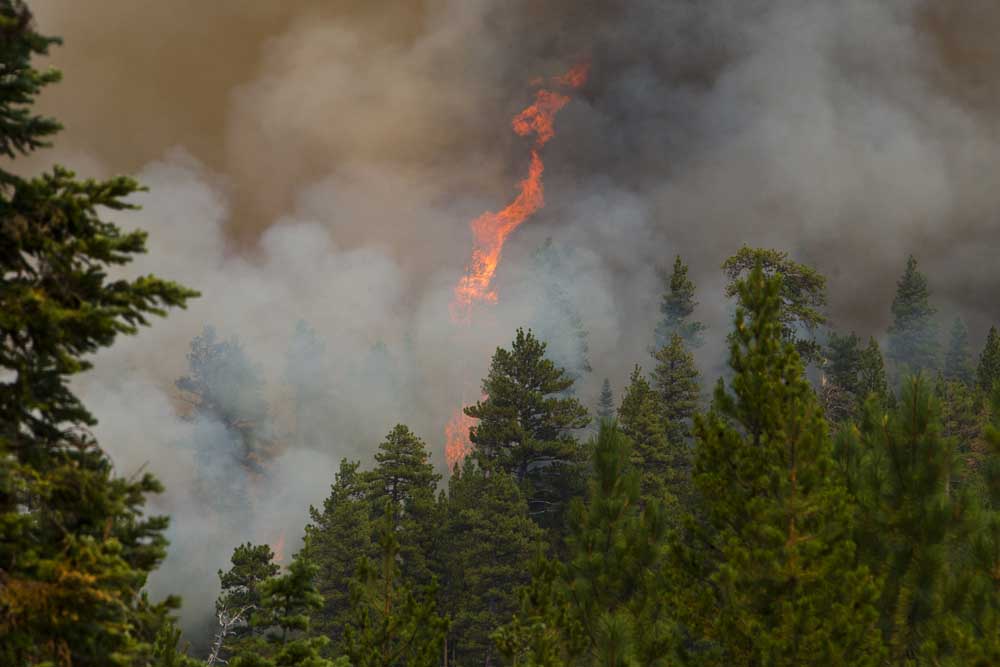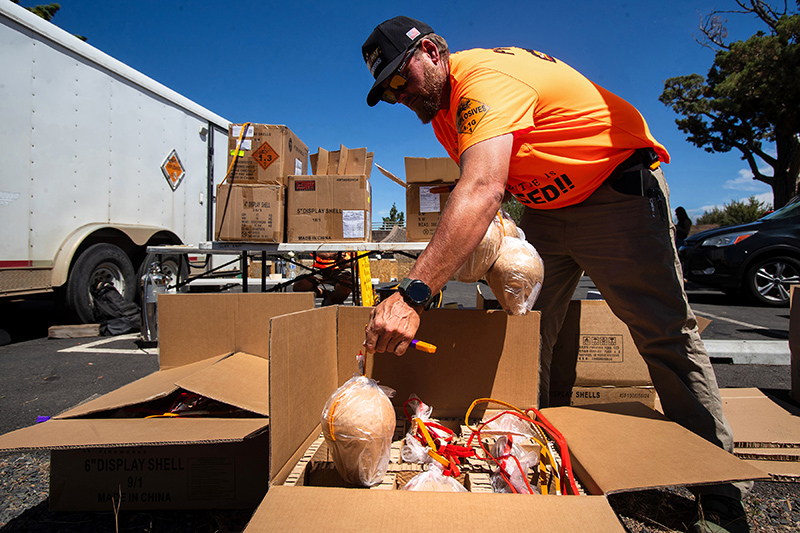Presentations on “megafires” coming to Central Oregon
Published 12:00 am Monday, February 26, 2018

- The Milli Fire burns near Sisters in August 2017.
A wildfire season that broke records last year offered a glimpse of what Central Oregonians can expect as fire seasons get warmer, drier and longer. A series of presentations in March led by a Washington-based expert on wildfire could provide additional clues.
The Deschutes Land Trust, Sunriver Owners Association and the Sisters-Camp Sherman Fire District are hosting a series of three free presentations, to be held in Bend, Sisters and Sunriver, from March 20-22.
The presentation, “Era of Megafire,” will discuss how Central Oregon’s ecosystem has changed to make it more susceptible to wildfires, and how it will continue to change going forward.
“For anyone who spent a very smoky August, September, October here, I think that was really impressed upon us,” said Brad Chalfant, executive director of the Deschutes Land Trust, a Bend-based organization that works with property owners to conserve land in the Deschutes Basin.
The land trust reached out to Paul Hessburg, a research landscape ecologist with the U.S. Forest Service’s Pacific Northwest Research Station in Washington, to lead a presentation at Bend’s Tower Theatre as part of the organization’s Nature Nights series. From there, the presentation was expanded to include nights in Sunriver and Sisters, according to Alison Green, program director for Project Wildfire, which guides fire planning and mitigation in Deschutes County.
One purpose of the presentation is to simplify concepts around climate change and fire management that often appear in scientific journals, Hessburg said.
“We’re really trying to take these ideas and make them available to the public,” Hessburg said.
Hessburg said he has given the presentation 88 times at venues across the West, including a shortened version at TEDx Bend, though he mixes up the tone and style of the talk each time. Hessburg talks about the historic role of forest fires within the ecosystem, looking at how Native Americans used fire to manage food and protect their encampments. When European-Americans began moving to the region, however, they aggressively suppressed fires in a way that left a lot of fuels for larger, more destructive fires.
“Ultimately we failed at doing that,” Hessburg said of fire suppression. “And fire is back on the landscape with a vengeance.”
The presentation will also discuss the impact of climate change on the landscape. Across the Western United States, longer summers and a shrinking snowpack mean particularly severe fire seasons can last up to 8 weeks longer than they did 50 years ago, according to the Forest Service’s Pacific Northwest Research Station.
“Fire season is longer, it’s drier and it’s hotter,” Green said.
While Central Oregon’s rivers are partially fed by underground springs, they’re also dependent on snowmelt, Chalfant said. If the snowpack decreases, Chalfant said even damp areas of Central Oregon could get drier.
“We’re going to see some of the areas we know as wet and lush dry up,” he said.
Hessburg’s presentation also goes into detail about what land managers and individuals can do to limit the risk of wildfire. For land managers, Hessburg said forest thinning, prescribed burns and herding grazing animals are ways to mitigate forest fires. Project Wildfire and other organizations provide instructions on how to make houses more wildfire resilient.
Each event is free, though attendees to the Bend and Sunriver events need to register. Chalfant said he expects the approximately 400-seat Tower Theatre to come close to selling out. Hugh Palcic, general manager of the Sunriver Owners Association, said Sunriver residents are very interested in the topic, and added that he expects many of the 300 seats to get reserved in advance.
“I expect it to be a very hot ticket, no pun intended,” Palcic said.
— Reporter: 541-617-7818, shamway@bendbulletin.com








